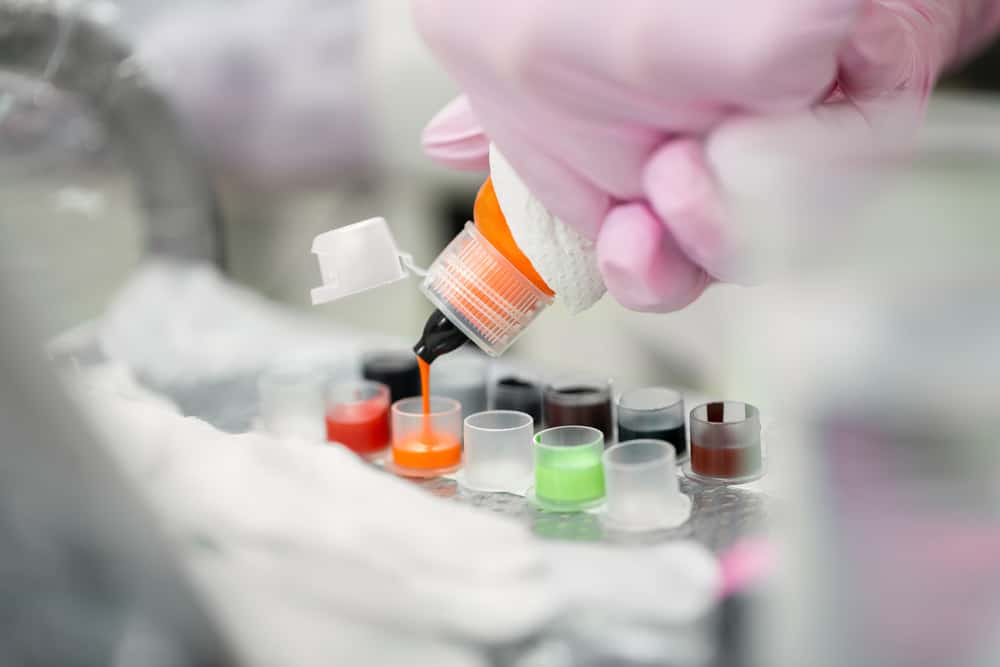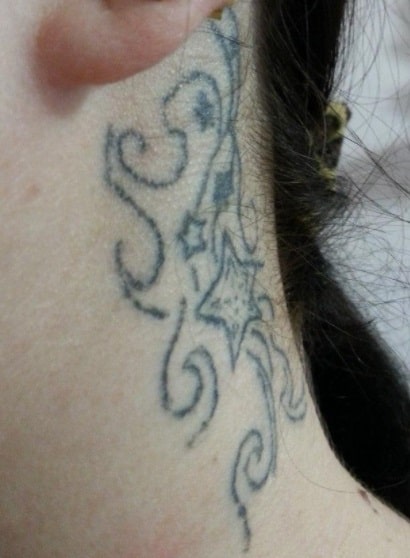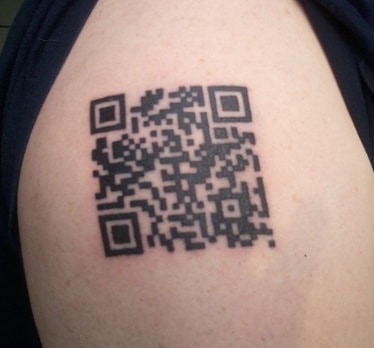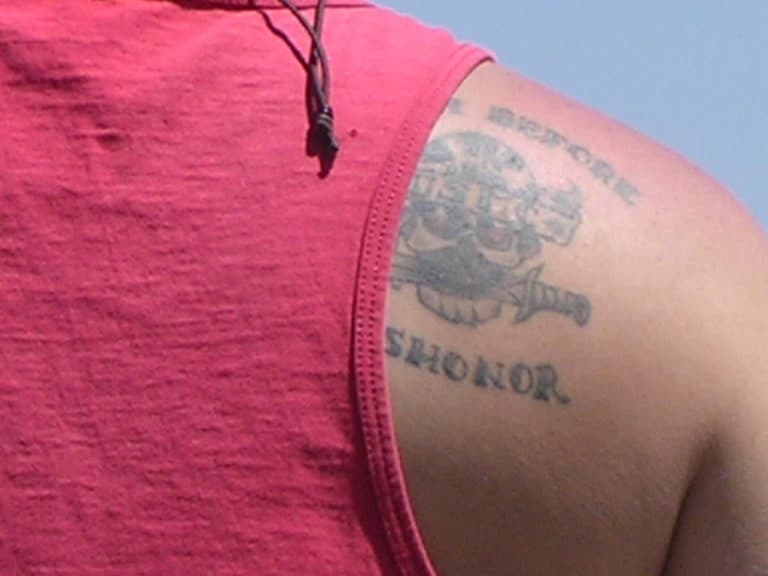What Is The Hardest Color To Tattoo?
Tattoo artists can work with almost every color; however, there are a few colors the tattooist can refuse to incorporate in your design. Maybe the color can produce health issues, or the colors are simply too difficult to tattoo. Which brings me to the point: what is the hardest color to tattoo?
The hardest color to tattoo is white. The tattooist must highlight and apply the white ink numerous times for the color to be visible. Unfortunately, white tattoos fade quickly, and it is almost impossible to remove them, so you would have to go for more than ten laser tattoo removal sessions.
Whether you are deciding on a new tattoo design or are a beginner tattooist who wants to broaden their knowledge, these pieces of information I put together are very noteworthy. Check out why white ink is difficult to tattoo with and the cons of removing white tattoos.
What Is The Hardest Color To Tattoo?
White is the hardest color to tattoo. White inked tattoos look beautiful right after you get them, but once it heals, it looks faded. Its appearance changes quicker than tattoos made of black or colored ink; to be precise, you can expect some drastic changes in 45-60 days after you receive your white ink tattoo.
The tattoo artists would have to repeatedly go over the white ink tattoo to be noticeable, even more so if you have a light skin tone. A few tattooists mentioned that they had to insert the needle deeper than they normally would and stretch the skin as best as possible to make the tattoo look decent and round it off perfectly.
The ink is harder to see, so if you want to show off your brand-new white tattoo in public, chances are it will not be apparent to others. White ink has a thicker consistency making it difficult for the tattoo artist to create even clean lines.
Once the tattoo fully heals, it will look elegant on your skin, but since it fades faster than darker tattoos, it can give off a scarred look. After a few weeks or maybe days, your once beautiful white ink tattoo will turn yellow, grey, or return to your natural skin color.
Besides the visible changes in appearance, some people can have an allergic reaction to white ink, meaning that your skin rejecting the white ink and eventually the area where your tattoo once was, is now bare as if the tattoo was never there.
Is White Ink Tattoos Easy To Remove?
White ink tattoos are difficult to remove. Laser tattoo removal removes tattoos with a high-intensity light balm to break up the pigment colors, but the color of the tattoo, your skin tone, and how far the tattoo pigment goes effects the removal process.
Black tattoos are unchallenging to remove because it absorbs every laser wavelength, but white tattoos reflect almost all lights, so the ink will not absorb the laser light as effectively as black ink or other darker colored ink does.
White ink consists of zinc or titanium oxide, which affects the tattoo removal process. These ingredients can cause the white ink to darken permanently when exposed to light. There is a high possibility of the white ink tattoo blackening or turning greyish after the procedure.
What Are The Safest Tattoo Colors?
The safest tattoo colors are, without a doubt, black and grey. The black and grey ink can last a lifetime on your skin because it is bold and less susceptible to fading. The safest ingredients in black tattoos are logwood and magnetite crystals. Sometimes other colored tattoos can contain harmful and allergenic ingredients.
Which Tattoo Colors Should I Avoid?
The great part of getting a tattoo is that you do not have to settle for the basic black and grey ink. You can let your imagination run wild.
Maybe you can ask your tattoo artist to give you a silly clown tattoo or an elegant and vibrant watercolor tattoo of a lotus flower. You can spruce up with a few colors, whatever design you have in mind.
But do all colors work well for tattoos, and are all of them safe? Before deciding on a colorful design, take note of the ingredients in the tattoo ink, how certain colors might affect your skin, and laser tattoo removal (if you regret getting that silly clown tattoo later in life).
Let us have a look at the variety of colors you might consider and what colors and ingredients you should avoid:
Red
It is well known among tattoo enthusiasts and tattoo artists that red tattoo ink can cause harmful skin reactions mainly because it consists of mercury, iron oxide, or cadmium.
Skin reactions can include blisters, watery discharge, pimple-like bumps, and raised patches that flake off. If you want to incorporate red in your tattoo, speak to your tattoo artist to ensure that the ink contains a safer ingredient, namely naphthol.
Brown
You would want to make certain that the tattooist does not use brown ink, which includes iron oxide. Iron oxide can cause an electric current that raises the temperature in the skin, which causes a cutaneous burn.
This burn is caused by heat, and the severity of a cutaneous burn can be determined by observing to what degree the burn affected the body and how deep the burn is.
Yellow
You should opt for turmeric and arylide based pigments with yellow-colored tattoo ink. If the yellow ink consists of cadmium sulfite, it can cause allergic reactions like skin irritation.
Blue and Green
Monoazo is the safest ingredient for green-colored tattoo ink. If the green ink includes chromium, that can have toxic effects and may result in serious health effects.
For blue-colored tattoo ink, sodium is the best. Just like green ink, blue ink has high levels of toxic chemicals and shows harmful results on the skin.
If you want a tattoo that consists of both green and blue ink, ensure that it contains the ingredient copper phthalocyanine.
Black
Black ink should ideally be made of magnetite and logwood crystals. Tattoo artists should avoid animal-based black inks (often referred to as ‘India inks’) because it includes unhygienic ingredients that we all know can lead to serious problems.
These are the possible side effects of the five most common colored ink used in tattoos. There are many more compounds of colors that might affect your skin the same way. So, it is best if you read the possible complications.
Conclusion
White is not an easy color to tattoo. The artist must highlight the tattoo numerous times for it to be visible, and with the thicker consistency, it is harder for tattooists to create clean lines. They must insert the needle deeper than usual, keeping in mind the consequences of going too deep, and they must stretch the skin as far as possible to achieve the best results.
Getting a white tattoo is not the best idea but to each their own. White inked tattoos fade faster, turn yellow or grey after a few weeks, or fade into your natural skin tone. Their appearance can change drastically and might give off a scarred look after a while. So, consider the pros and cons because the white ink removal process will not turn out as expected.
Some of my favorite designs, tattoo books, and aftercare products, selected for you
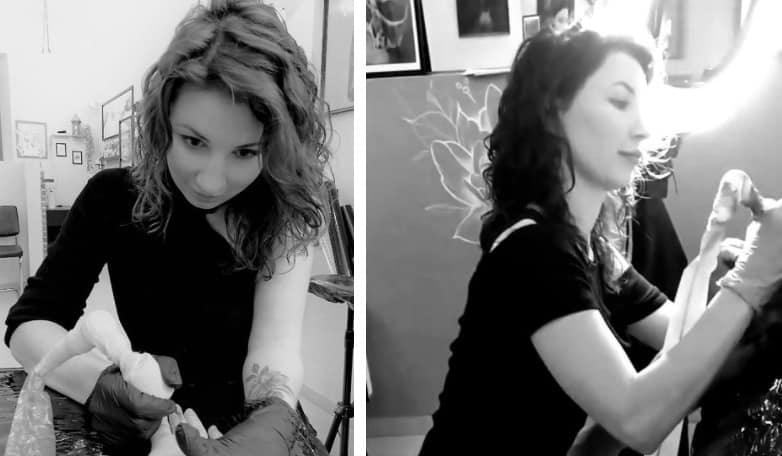
Thank you for reading my article, I hope that you have found it helpful. If you would have trouble finding ideas for your tattoo, wonder what is meaning of design that you have found or what to buy for aftercare, to make sure that your tattoo will be healing quickly and easily, here are some of my favorite products in one place, hope that this will also help.
Design and tattoo ideas
For some ideas you can have a look at those 3 books with hundreds of designs that I use with my clients, they are available on Amazon for Kindle or in classic, paper version (links below):
- Great Book of Tattoo Designs, Revised Edition: More than 500 Body Art Designs (Fox Chapel Publishing) Fantasy, Celtic, Floral, Wildlife, and Symbol Designs for the Skin by Lora Irish
- The Big Book of Small Tattoos – Vol.1: 400 small original tattoos for women and men by Roberto Gemori
- Tiny Tattoos: Over 1,000 Small Inspirational Artworks by Rebecca Vincent.
Tattoo meaning
If you would like to read more about the meaning of different tattoo styles and designs before you will decide what you would like to have, I can recommend a book that was really useful for me when I was starting my tattoo adventure – it’s “Conscious Ink: The Hidden Meaning of Tattoos” by Lisa Barretta (through the link you can find it on Amazon for around $10).
Tattoo aftercare
The skin at the tattoo site often dries out. To prevent it and speed up healing for my clients, I usually recommend one of those tattoo aftercare balms (you can find them on Amazon):
References
- https://www.savedtattoo.com/tattoo-colors/
- https://www.thelist.com/403251/which-tattoo-colors-fade-the-fastest/
- https://www.scientificamerican.com/article/tattoo-ink-mercury-and-other-toxins/
- https://www.hindustantimes.com/fitness/thinking-of-getting-a-tattoo-pick-the-colours-carefully/story-7DTjSwRYBVwVod6y61nEKL.html

